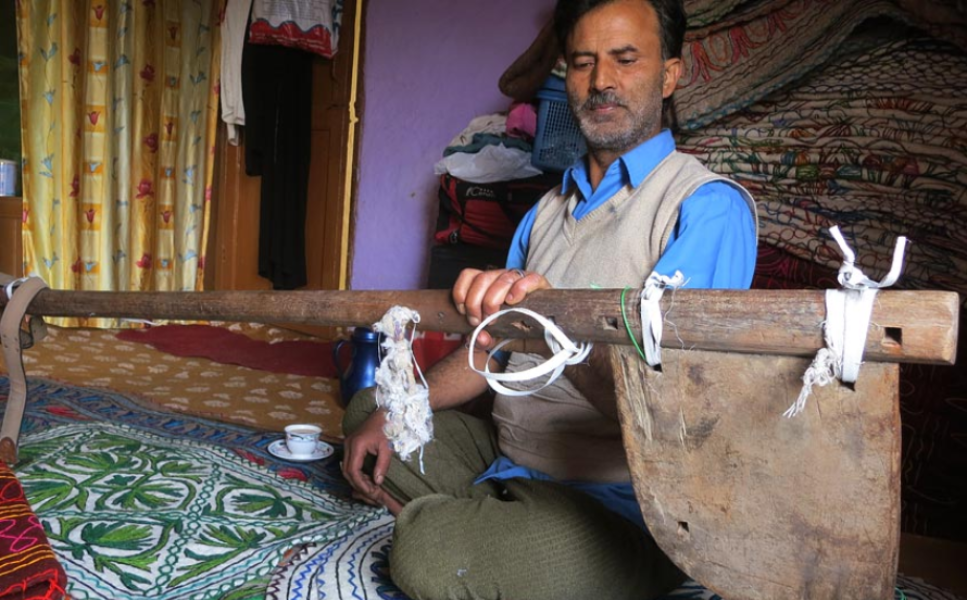tribal clothing and textiles
Material Used in NAMDA AND GABBA CRAFT, jammu & kashmir
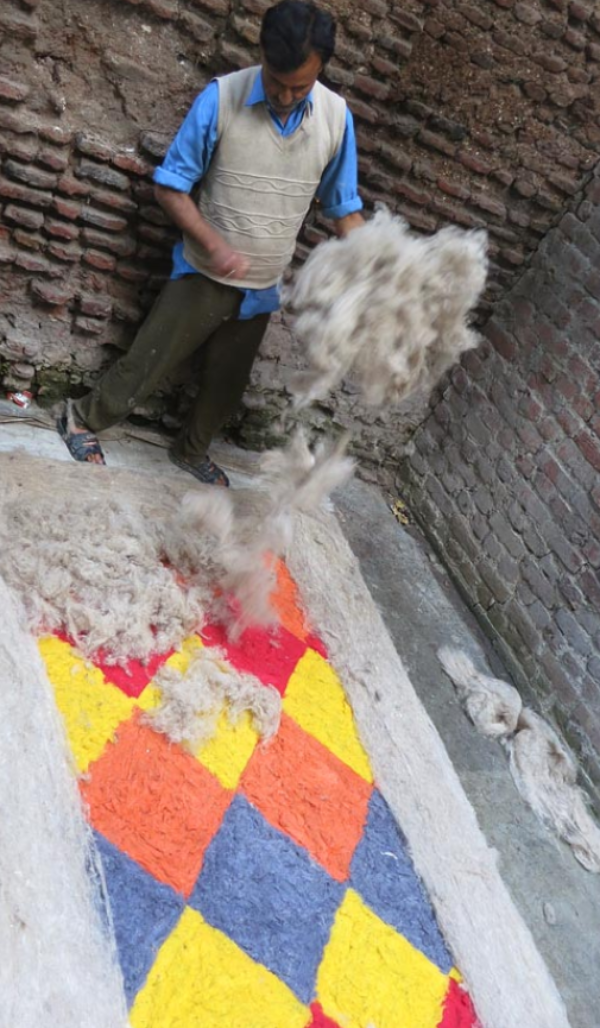
Local wool is used to create the Namda and Gabba crafts, which are usually dyed with natural dyes. Namda is produced by felting raw wool layers together to create solid, flat rugs following a long-standing method. Gabba begins with the same woolen core that is embroidered with colored threads, usually bright colors such as red, green, and blue. The utilization of wool and natural dyes guarantees both longevity and beauty, adding these rugs with genuine regional designs.
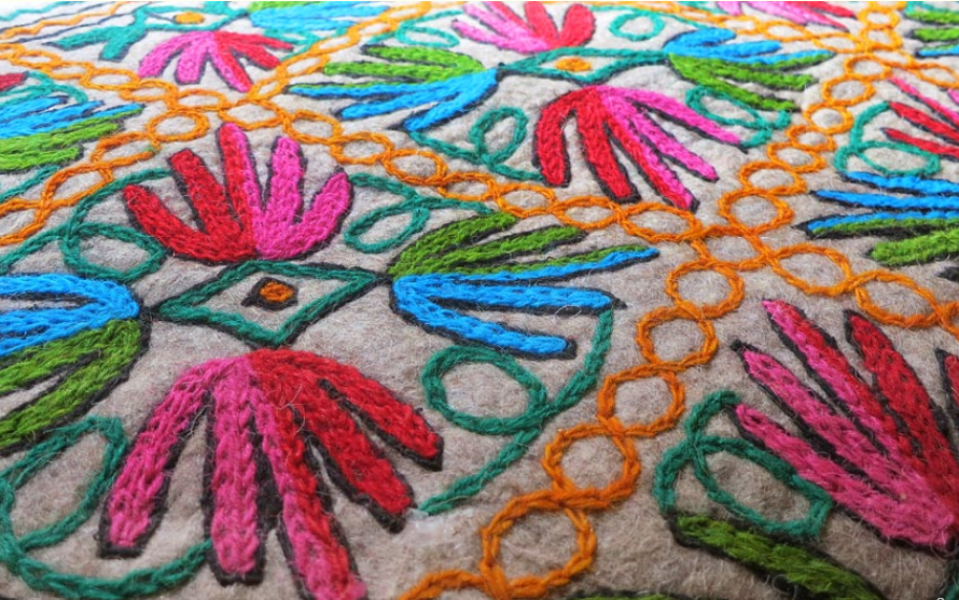
Namda and Gabba are two of the traditional crafts of Jammu & Kashmir; the main presumption of both is the exclusive felted and embroidered wool patterns. Namda means a felted wool mat or rug that is very durable and decorated in colorful designs, while Gabba is one with colorful embroidered patterns on wool. The art of Namda and Gabba has been practiced by the Gujjar-Bakerwal people and serves both functional and decorative purposes. Its intricate flower and geometric designs reflect cultural heritage and traditional Kashmiri craftsmanship.
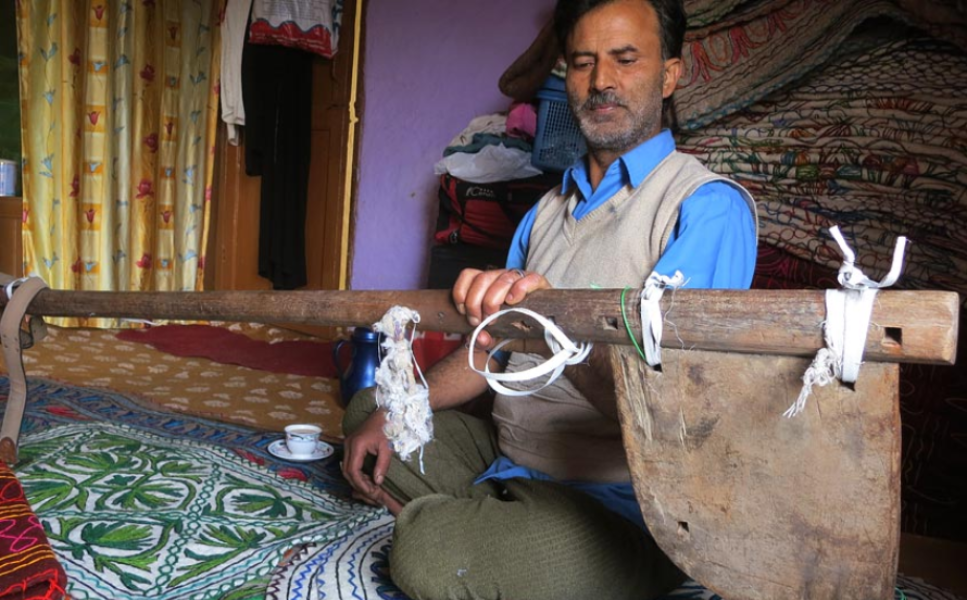
The Gujjar-Bakerwals are a semi-nomadic people of Jammu & Kashmir who have a pastoral culture, based mostly on rearing livestock through the mountainous areas. Tradition in crafts is deep-seated among the tribe, and it is renowned for creating Namda and Gabba handicraft textiles that are not only warm but also beautiful. The handicrafts are proof of the flexibility and resourcefulness of the tribe as they use materials available at their local surroundings to produce commodities of everyday usage as well as of cultural relevance.

Namda and Gabba craft both fulfill decorative and practical purposes. Namda mats function as floor coverings to create warmth and comfort for homes, particularly in colder times. Gabba rugs, being embroidered work, are floor coverings too and are also hung during celebrations and gatherings, flaunting the tribal art skills. The utility and warmth of the products render them indispensable in daily life within the cold climatic conditions of Jammu & Kashmir.
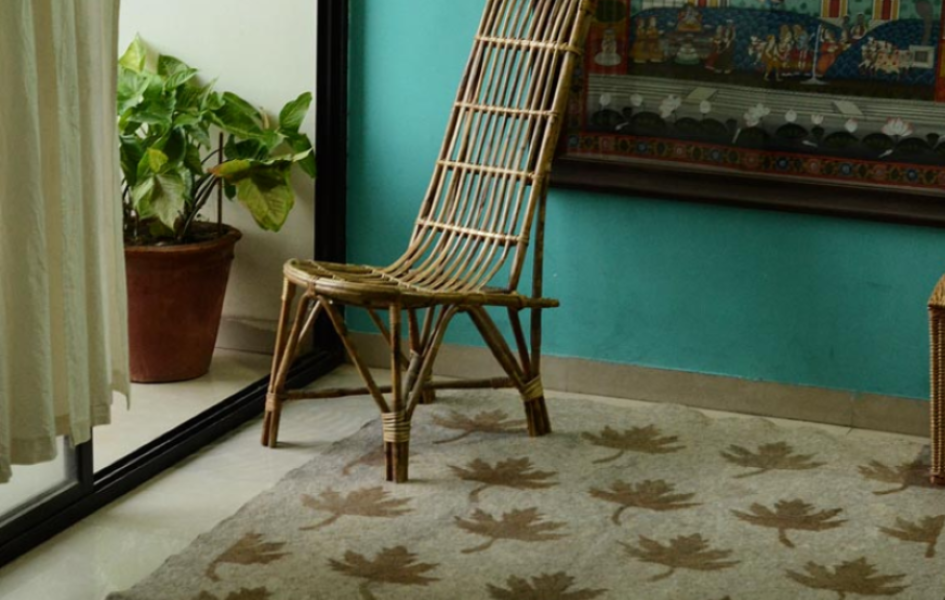
To the Gujjar-Bakerwal tribe, Namda and Gabba crafts are not just utilitarian objects; they are symbols of culture transmitted through generations. They help to keep traditional methods and craftsmanship that consolidate tribal identity and social relationships in the community. In addition, the detailed designs on Namda and Gabba carpets are a rich fabric of cultural heritage that provides the tribe with a channel to exhibit their craftsmanship and showcase it to larger communities through exchange and local festivities.
